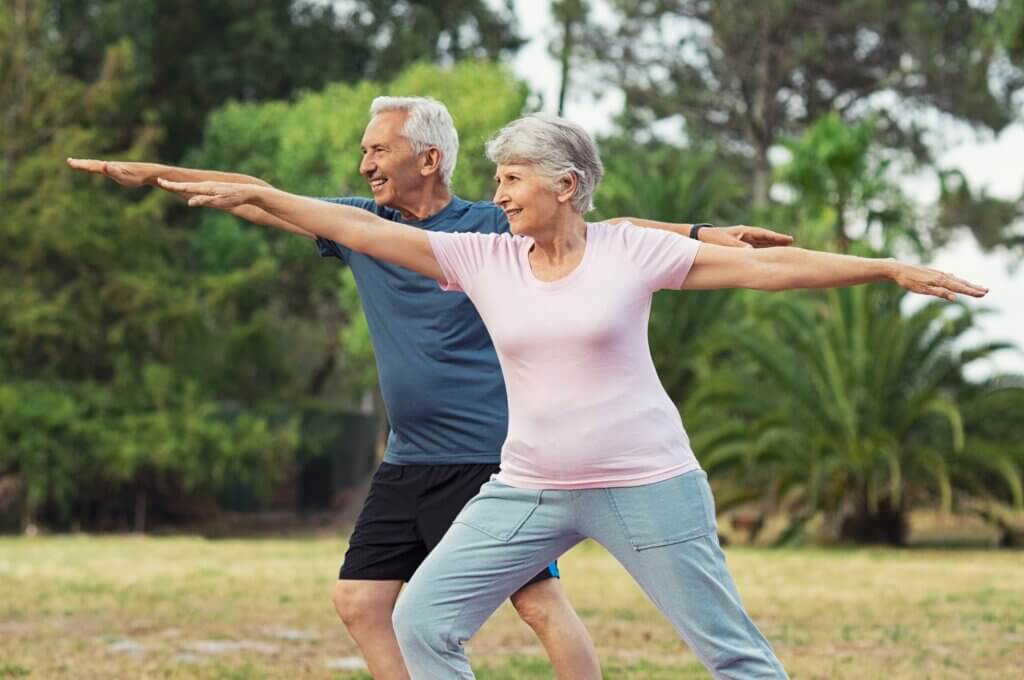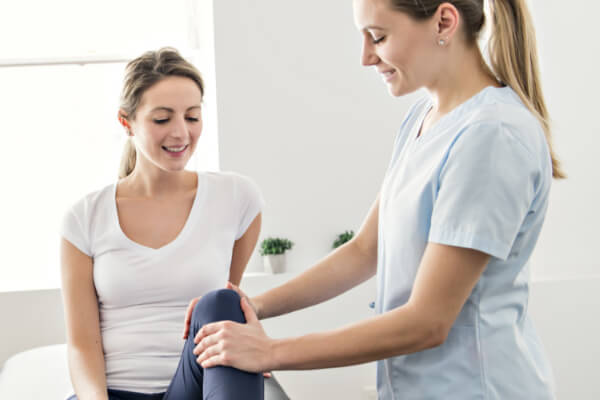Have you heard that around half of all Americans are worried about their bad posture affecting their health?
As people journey through the stages of life, the importance of maintaining good posture becomes even more paramount. This holds especially true for older adults. They often encounter challenges related to balance and posture.
These challenges can heighten the risk of falls and injuries. The good news is that seniors can enhance their posture and equilibrium. Read on to delve into the significance of posture training for seniors.
The Significance of Posture Correction for Seniors
Good posture is the core of physical health, regardless of age. For older adults, maintaining proper posture becomes even more critical. This is due to changes in the following:
- Muscle strength
- Bone density
- Joint flexibility
When seniors maintain good posture, they support the alignment of their spine. This prevents muscle imbalances. It also ensures the optimal functioning of vital bodily systems.
Effects of Stooping in Old Age
Older adults have a bunch of unique challenges on their plates. The propensity to stoop forward stands out a lot since this is a common problem. Many people feel self-conscious about how hunching affects their physical appearance.
Beyond its impact on physical appearance, this inclination has far-reaching consequences for health. Stooping contributes to the following:
- Muscle weakening
- Diminished lung capacity
- Disrupted digestive processes
Stooping also alters the center of gravity. This makes maintaining your balance much harder than it needs to be. As a result, falls become more commonplace.
The Role of a Posture Corrector for Elderly People
Innovations in healthcare have given us posture correctors designed to offer indispensable support to the elderly. These devices are engineered to assist seniors in sustaining proper alignment and posture.
Posture correctors extend external support to the spine and shoulders. They empower seniors to uphold an erect stance. This alleviates the strain put on their muscles.
Posture correctors vary in form. They range from braces and vests to straps. All of these correctors can be worn in a discrete way beneath clothing.
It’s true that posture correctors serve as incredible aids. This isn’t going to fix everyone’s posture issues, though. It’s also wise to incorporate posture exercises into your routine.
The Most Effective Posture Exercises for Seniors
Stretching and building muscle can work wonders for your posture. When these muscles are toned, maintaining good posture is a breeze. These are some of the finest exercises to fix elderly posture:
Chin Tucks
Chin tucks are an elementary yet powerful exercise. Chin tucks focus on aligning the head and neck. To perform this exercise, assume a seated or standing position while maintaining an upright posture.
Gradually tuck in your chin, ensuring that your head doesn’t tilt. Hold this posture for several seconds before releasing. Replicate this motion multiple times throughout the day to witness tangible benefits.
Shoulder Blade Squeezes
Shoulder blade squeezes are also simple yet impactful. They enhance upper back posture and counter shoulder rounding.
Situate yourself in an upright position, then retract your shoulder blades together in a gentle way. Hold this pose for a few moments, then release. Engaging in this exercise on a regular basis contributes to rectifying postural imbalances.
Wall Angels
This exercise combines wall support with deliberate arm movements to augment shoulder and upper back mobility. Stand adjacent to a wall, allowing your back to make contact.
With your arms positioned at a 90-degree angle, slowly maneuver them up and down while sustaining contact with the wall. The wall serves as a guide to promote optimal posture and alignment.
Hip Hinges
Hip hinges are beneficial for bolstering lower back health. They promote proper hip movement and avert spinal curvature. Begin by standing with your feet aligned with hip width.
Position your hands on your hips and pivot forward from the hips while retaining a straight back. This exercise encourages hip mobility, which is a vital aspect of overall posture.
Single-Leg Stance
Elevating one leg while maintaining balance on the other offers countless benefits for lower body strength and balance. Begin by securing a stable surface for support. The next step is to lift one leg while maintaining equilibrium on the opposite leg.
Aim to sustain this pose for a duration of 20 to 30 seconds before alternating legs. This exercise enhances stability, which is a pivotal component of fall prevention.
Tai Chi and Yoga
The merits of incorporating Tai Chi and yoga into one’s routine transcend age. These practices hold immense potential for augmenting balance, flexibility, and posture. Moreover, the holistic nature of Tai Chi and yoga extends to fostering relaxation and ameliorating stress.
After you start doing these exercises, you’ll notice that you have a new pep in your step. You can get rid of back and neck tightness and pain.
Incorporating Posture Exercises Into Your Everyday Routine
The path to improving posture demands consistent dedication. Integrating posture exercises into your everyday regimen is the crux of this endeavor. As you embark on this journey, gradually amplify the intensity and duration of these exercises to accommodate your strengthening muscles.
Working with a physical therapist is a brilliant way to hold yourself accountable. They can keep track of how your posture improves over time. They’ll guide you by giving you the most effective posture exercises and encouraging you.
How a Chiropractor Can Help
A chiropractor also plays a crucial role in improving posture. They provide specialized care that targets the alignment of the spine and musculoskeletal system. Chiropractors address misalignments and imbalances that contribute to poor posture with the following:
- Personalized assessments
- Adjustments
- Tailored exercises
By restoring proper alignment, they help alleviate muscle tension, reduce strain on the supporting structures, and facilitate a more natural posture. Chiropractors also educate individuals on ergonomic practices and lifestyle changes to maintain better posture. This promotes overall well-being and reduces the risk of related issues like pain and discomfort.
Regular chiropractic care can lead to sustained improvements in posture and enhanced quality of life.
Are You Eager to Start Posture Training?
Elevating your posture is a pivotal tenet of graceful aging. With posture training, you can transform your spine and total-body health.
Figuring out how to improve your posture on your own can be tricky. New York City Wellness is here to give you the best care and support. Contact us for an appointment.


